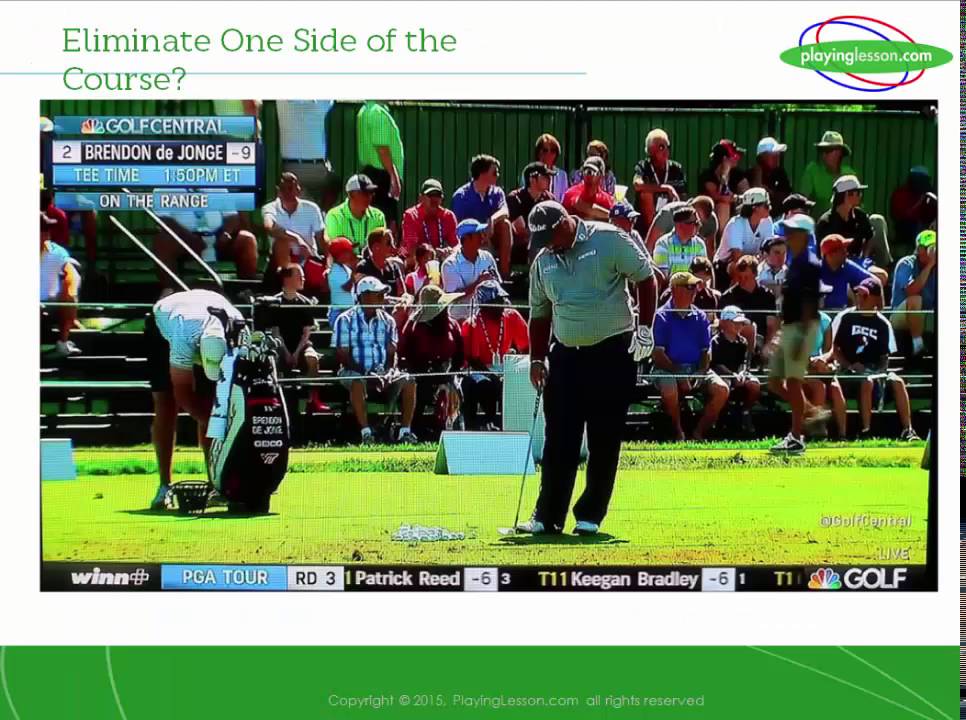I’ve been playing a ton of golf on simulator indoors since winter has arrived and I’m really seeing the benefit of sticking with one shot shape with the driver. I feel totally comfortable now aiming at the right edge of the fairway and hitting my stock draw shot every time.
I apologize if this has been asked before, but my question is this – what’s the recommended play on a hole that has a forced dogleg? Say for example, that you have a 400 yard par 4 with a dogleg to the right at 200 yards.
- Send a draw with a driver over the corner? (assuming there’s not high trees in the way)
- Hit your normal shot with your 200 yard club and just accept a longer approach? (not sure what the strokes gained math equation would be on this one since I know hitting the green from 200 out is pretty tough)
- Try to fade a 5-wood/3-wood to take on a little bit of the dogleg? Not sure about this since the chance of hitting a double-cross with one of these clubs might be just as high as hitting one with driver.
- Or is this one of the rare occasions where you hit the fade with the driver?
I know it probably highly depends on the individual and what they’re good at and comfortable with, but I’m curious to see what the DECADE recommendation would be.
Thanks



